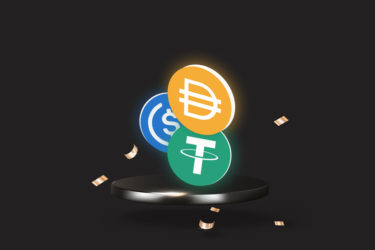The stablecoins won the attention of the market with the announcement of the Libra from Facebook. But they have been around for a long time and have a key role to make a bridge between the common money and digital assets. Today they represent a significant portion of the market and signals a growth trend. Let’s see how valuable are the main stablecoins of the market.
It is estimated that there are currently more than 40 stablecoins considered mainstream with collateral, that is, reserves that ensure their value. They can be pegged to a national currency as an asset, such as gold, diamond and others. However, most of them is pegged to a national currency such as the tether, trueUSD and gemini dollars.
How valuable are the stablecoins?
At the time of the closing of this report, the marketcap of the 16 biggests stablecoins paired to any national currency exceeded US$ 5.6 billion. The dominance is by far from the tether, with more than 75% of the market value of those stablecoins, followed by Maker, USDCoin and TrueUSD.
If we consider the 500 largest tokens (excluding currencies as the bitcoin), the stablecoins pegged to national currencies – with collateral on and off the chain -represent more than 35% of the market.
BRZ, the main stablecoin pegged to Real
Recognizing such potential and the importance of the stablecoins, Transfero Swiss AG made available to the market the first denominated stablecoin and pegged to the Real: BRZ (Brazilian Digital Token). The BRZ will allow investors in the cryptocurrencies market to access thousands of other tokens and digital currencies around the world without being exposed to the volatility of the bitcoin.

Using the blockchain technology of the Ethereum, the BRZ, first stablecoin pegged to Real, is already currently available in seven exchanges – Bittrex, SIMEX, BitForex, ZBX, Profitfy, Union Trade and Transfero Liechtenstein – as utility token ERC-20. About 2 million tokens have already been issued.
Transfero Swiss is a company focused on administration and management of investment in digital assets – considered the newest class for asset diversification. Today we have three main strategies that vary the approach and the risk profile of the portfolio. Our consultants can help you in allocating the option that best fits your style. Schedule a meeting.







